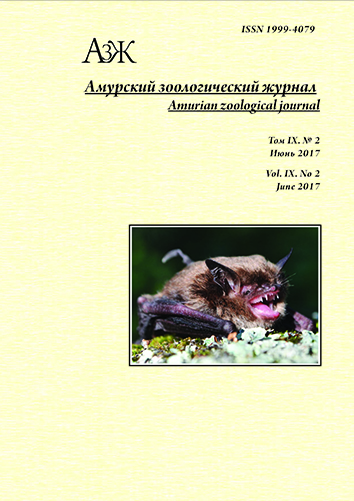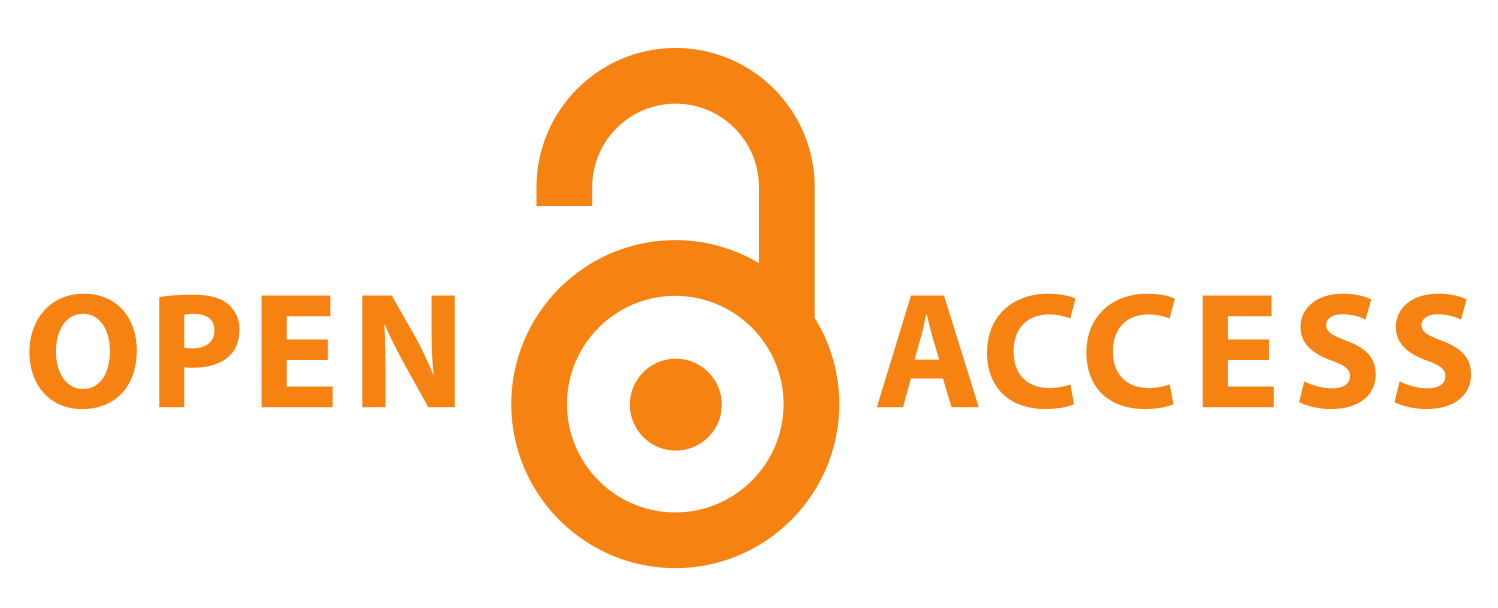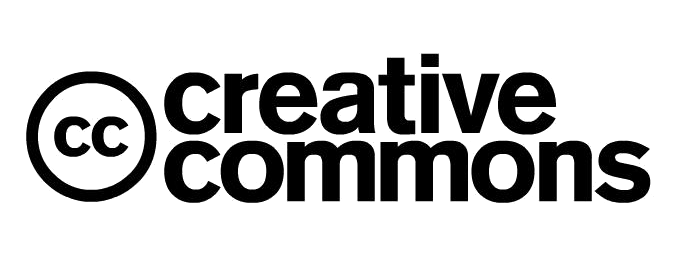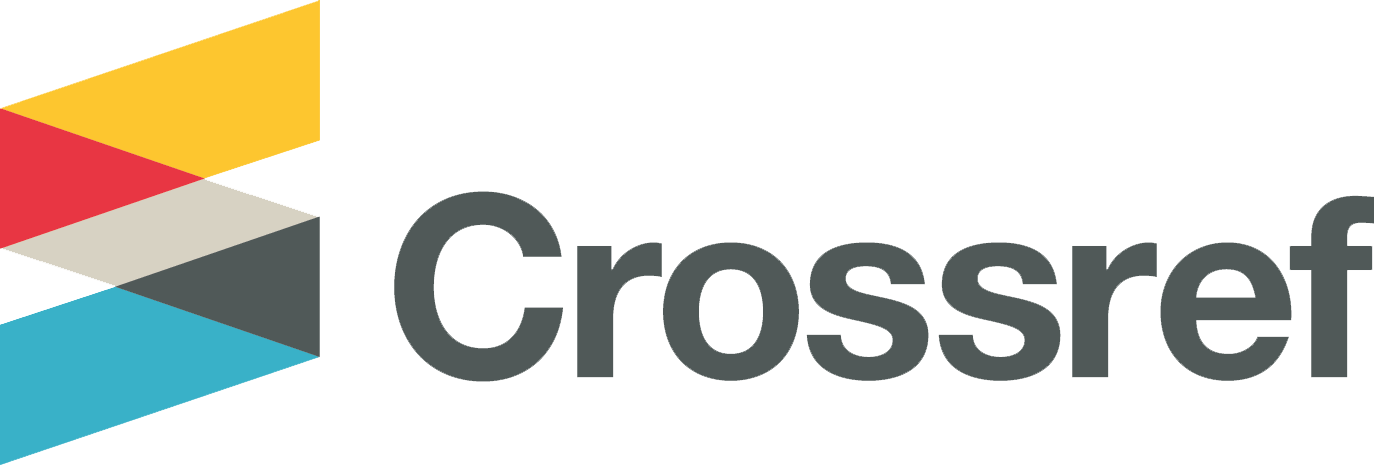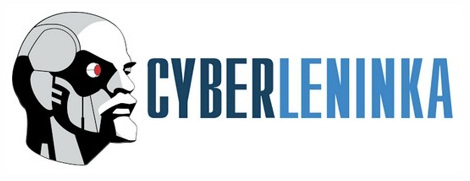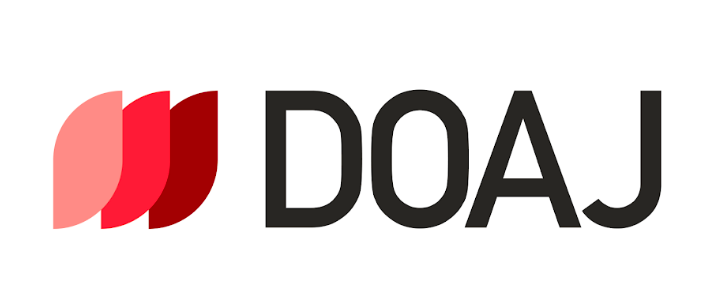TWO NEW FOR SCIENCE GENUS AND SPECIES GELECHIIDAE (LEPIDOPTERA) FROM THE CENTRAL LAOS
DOI:
https://doi.org/10.33910/1999-4079-2017-9-2-98-101Keywords:
Gelechiidae, new genera, new species, LaosAbstract
Central Laos is described two new-to-science genus and species Gelechiidae – Neoevippe resupinata gen. nov., sp. nov. and Peneia conjuncta gen. nov., sp. nov. According to the structure of the aedeagus and uncus the first genus is remotely similar to Evippe Chamb. The second genus is an independent branch, no doubt, close to the genus Helcystogramma Z.
References
ЛИТЕРАТУРА
Пономаренко М.Г., 1999. Подсем. Dichomeridinae // Определитель насекомых Дальнего Востока России. Т. V. Ручейники и чешуекрылые. Ч. 2. Владивосток: Дальнаука. С. 194-257.
Clarce J.F.G., 1969. Gelechiidae // Catalogue of the Type Specimens of Microlepidoptera in the British Museum (Natural History) described by Edward Meyrick. London. V. 7. 531 p.
Li H.H., Zhen H., 2011. Reviev of the genus Helcystogramma Zeller (Lepidoptera: Gelechiidae: Dichomeridinae) from China // J. of Nat. Hist. V. 45 (17-18). P. 1035-1087.
REFERENCES
Clarce J.F.G., 1969. Gelechiidae. Catalogue of the Type Specimens of Microlepidoptera in the British Museum (Natural History) described by Edward Meyrick. London. V. 7. 531 p.
Li H.H., Zhen H., 2011. Reviev of the genus Helcystogramma Zeller (Lepidoptera:Gelechiidae: Dichomeridinae) from China. J. of Nat. Hist. V. 45 (17-18). P. 1035-1087.
Ponomarenko M.G., 1999. Subfamily Dichomeridinae. Key to the insects of the Russian Far East. Lepidoptera and Trichoptera / P.A. Lerh (ed.). 5 (2). P. 194-257. In Russian.
Downloads
Published
Issue
Section
License
Copyright (c) 2017 М.М. Омелько, Н.В. Омелько

This work is licensed under a Creative Commons Attribution-NonCommercial 4.0 International License.
The work is provided under the terms of the Public Offer and of Creative Commons public license Creative Commons Attribution 4.0 International (CC BY 4.0).
This license permits an unlimited number of users to copy and redistribute the material in any medium or format, and to remix, transform, and build upon the material for any purpose, including commercial use.
This license retains copyright for the authors but allows others to freely distribute, use, and adapt the work, on the mandatory condition that appropriate credit is given. Users must provide a correct link to the original publication in our journal, cite the authors' names, and indicate if any changes were made.
Copyright remains with the authors. The CC BY 4.0 license does not transfer rights to third parties but rather grants users prior permission for use, provided the attribution condition is met. Any use of the work will be governed by the terms of this license.
